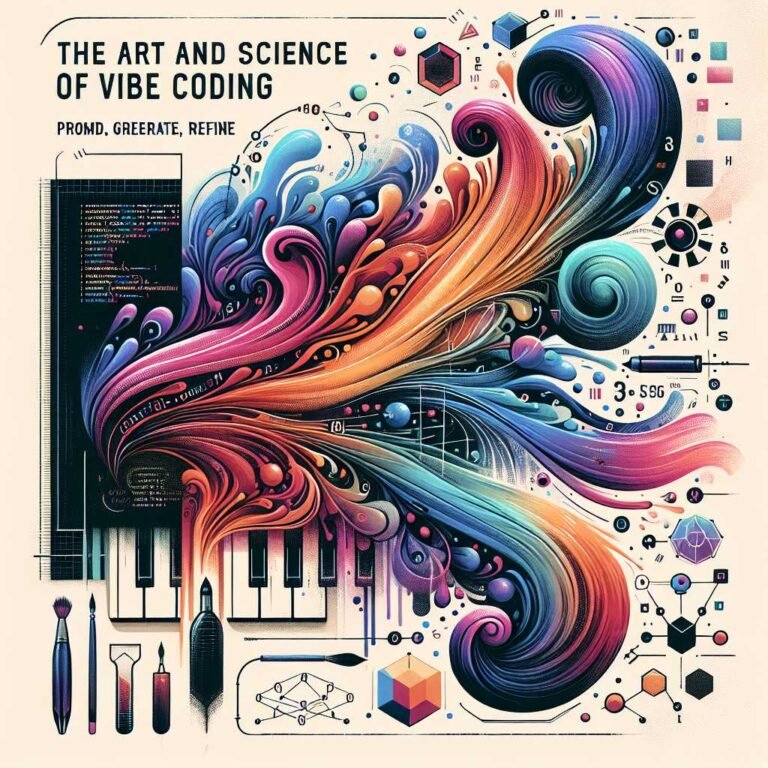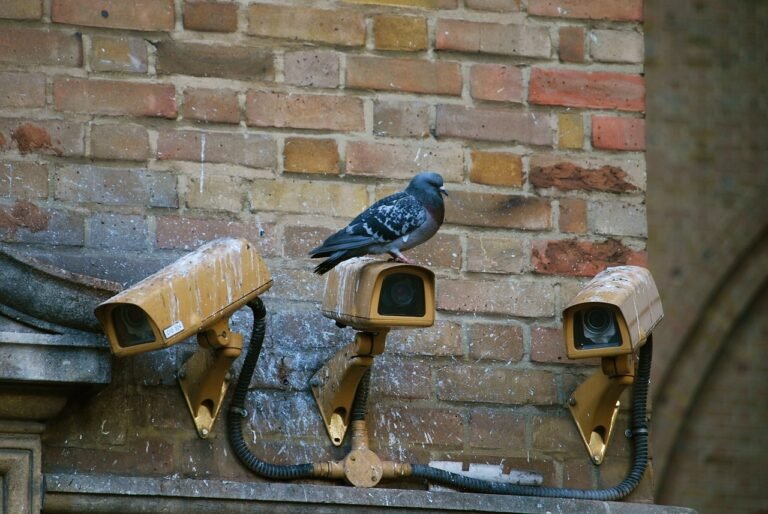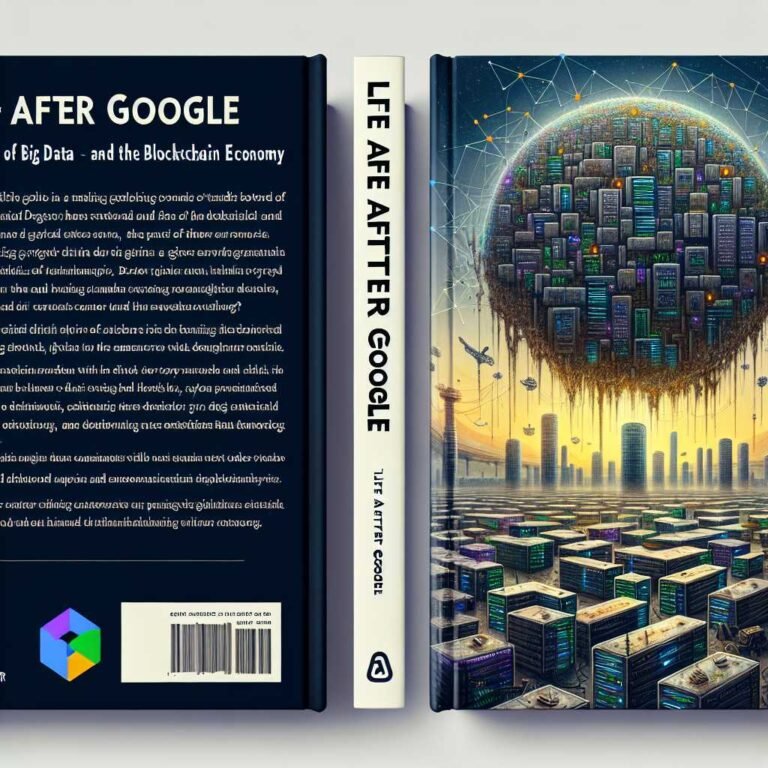The Therapist by B.A. Paris (Kindle Edition) Review: A Gated-Community Thriller That Gets Under Your Skin
What happens when your dream house comes with a history no one will talk about? That’s the hook of The Therapist, the psychological thriller by B.A. Paris that invites you into an immaculate, gated utopia called The Circle—then slowly turns the lock from the inside. If you’ve ever wondered how well you really know your neighbors—or your partner—this book will press on those doubts with steady, chilling pressure.
In this spoiler-free review, I unpack what makes The Therapist so compulsively readable, how it stacks up to Paris’s earlier hits, and why the Kindle edition is a particularly immersive way to experience it. Think brisk pacing, a heroine you’ll want to shake and hug in equal measure, and the creeping dread of a secret buried in plain sight. Let’s dig in.
What The Therapist Is About (No Spoilers)
Alice and Leo are starting fresh. They move into a beautifully renovated home in The Circle, an enclave of expensive houses arranged around a leafy communal space. The kind of place where the blinds match the hedges and everything looks spotless. But The Circle is guarded not just by gates—it’s protected by silence. As Alice meets the neighbors, she learns something shocking about her new home and the woman who lived there before: Nina, a therapist. That discovery plants a seed of obsession. Alice can’t let it go. She starts asking questions, and the more she asks, the more the walls of The Circle seem to close in.
Paris keeps the setup simple and powerful. We’re in Alice’s head as she struggles to reconcile the life she wanted with the revelations that keep surfacing. It’s a classic psychological-thriller engine: grief, doubt, and the unnerving sense that everyone around you knows something you don’t.
If you want to step into The Circle and feel the chill for yourself, Buy on Amazon.
Why This Psychological Thriller Works
B.A. Paris understands how to make everyday spaces feel dangerous. A sunlit kitchen becomes a stage for suspicion. A quiet street hums with the threat of what’s unsaid. The Therapist thrives on this contrast: the pristine veneer of The Circle and the messy truths beneath it. That contrast creates friction in every chapter. You’ll keep asking, What am I not seeing here?
It also leans on a reliable truth about human nature—our need to know. Alice’s determination to understand Nina’s story will likely mirror your own urge to piece together the clues. The book is willing to sit with discomfort and uncertainty. That patience pays off as the stakes rise and Alice’s isolation deepens. For context on why this storytelling style works so well, see how the broader thriller genre uses tension and pacing to manipulate reader expectations in smart ways here.
Alice, Leo, and the Neighbors: A Study in Doubt
Alice is the kind of protagonist readers love to debate. She’s empathic, intuitive, and sometimes too trusting. Her grief informs her choices, which isn’t always comfortable to watch. But that’s by design. Paris uses Alice’s vulnerabilities to raise the emotional stakes, not just the plot stakes. You sense that each choice could heal or harm—a delicate thread that keeps you leaning forward.
Then there’s Leo, whose reluctance to revisit the past draws a line between partnership and privacy. The neighbors, too, are drawn with crisp, unsettling efficiency. Each has a habit, a smile, or a story that isn’t sitting quite right. As the book unfolds, you’ll find yourself re-ranking your suspect list multiple times. That guessing game is half the fun. If you like unreliable narrators and morally gray side characters, you’ll feel right at home here.
Want to start guessing the culprit before the reveal? See price on Amazon.
The Setting: The Circle as a Character
The Circle is more than a backdrop—it’s the book’s pressure cooker. It has rules (spoken and unspoken), rhythms, and rituals. Gated communities trade anonymity for safety, and the book explores how that bargain can trap as well as protect. By arranging the houses in a literal circle, Paris makes the surveillance feel mutual and inescapable. There’s always someone watching. Or no one is watching when it truly matters. Both are scary.
The house itself, with its renovations and concealed history, becomes a mirror for the story’s themes: surface perfection vs. hidden damage, new beginnings vs. inherited scars. That house-as-character approach is classic for domestic suspense and works brilliantly here. If you’re curious about how environments shape behavior in psychological stories, it overlaps with research on rumination and the way setting amplifies anxious thought loops—see an overview of rumination’s effects from the American Psychological Association.
Pacing, Clues, and the Twist (Still Spoiler-Free)
Paris structures her chapters to deliver steady forward motion: short scenes, clear stakes, and just enough restraint to keep you speculating. You’ll get red herrings, misdirections, and small reveals that don’t feel cheap because they arise from character dynamics. The twist lands because the groundwork is laid early; threads that seemed cosmetic catch the light later.
Importantly, the book understands the difference between a shocking twist and a satisfying one. You want a resolution that reframes what you thought you knew without breaking the story’s logic. The Therapist mostly pulls that off. Even when you guess certain elements, the “why” matters as much as the “who,” and Paris keeps both in play until the end.
Who Will Love The Therapist?
- Fans of domestic suspense who enjoyed Behind Closed Doors or The Breakdown will see B.A. Paris’s fingerprints here—tight plotting, intimate stakes, and a claustrophobic social world.
- Readers who like neighborhood-noir vibes—think Ruth Ware or Lisa Jewell—will appreciate the ensemble of watchful neighbors and whispered histories.
- Book clubs, because the moral questions linger: What do we owe to the truth when the truth hurts? When does curiosity become obsession?
For a concise overview of B.A. Paris and her body of work, you can scan her profile on Wikipedia to see how her themes and reception have evolved.
Kindle Edition: Reading Experience, Features, and Buying Tips
If you’re weighing formats, the Kindle edition is a strong pick for this kind of twisty, character-driven thriller. Short chapters benefit from Kindle’s progress tracking and time-to-chapter estimates, which make “just one more” irresistible. Highlighting is useful because plenty of early lines come back to matter later. And if you’re a commuter or late-night reader, dark mode reduces eye strain and enhances that eerie atmosphere.
Kindle’s X-Ray feature can also help you keep track of The Circle’s residents, locations, and callbacks without flipping back—handy when you’re tracking multiple neighbors and timelines. If you use Whispersync, toggling between eBook and audiobook lets you keep your momentum up even when you’re away from your screen. For an overview of Kindle’s X-Ray and key reading features, this primer is helpful on Wikipedia.
Want the Kindle perks like X-Ray, synced highlights, and adjustable fonts? Check it on Amazon.
A few quick buying tips: – Choose Kindle if you read at night or annotate heavily; it’s ideal for catching foreshadowing. – Go audiobook if you love performance-driven tension; voice can heighten the paranoia. – Prefer physical? A paperback’s page-flip pacing can make the reveals feel punchier.
How to Read It for Maximum Suspense
Pace yourself, but not too much. This is a “2–3 nights” book for most readers. Give it a solid first chunk—100–150 pages—so you can meet the key players and settle into The Circle’s rules. Keep a mental map of neighbors and what they say vs. what they do. When a detail feels off, flag it. Those breadcrumbs add up.
If you like to guess endings, jot down your theories at the halfway mark and again about 75% in. It’s a fun way to see how the book nudges your perspective, and it makes the finale more satisfying. And yes, try reading a few chapters after dark; the quiet amplifies the unease in all the right ways.
Prefer to read in one sitting this weekend? View on Amazon.
What This Book Is Really About (Beyond the Plot)
At its core, The Therapist asks how much we can ever know the people around us—especially when the social contract pressures us to be “good neighbors.” The book probes: – The cost of secrets vs. the cost of truth. – The thin line between concern and intrusion. – How grief can prime us to chase answers, even dangerous ones.
Here’s why that matters: psychological thrillers endure because they echo decisions we make every day—trusting a partner, drawing boundaries, abiding community norms. The genre works when it connects those choices to visceral stakes. The Therapist does that, keeping you focused on both the mystery and the emotions driving it.
Pros and Cons (Spoiler-Free)
Pros: – Tight, fast-moving chapters that keep momentum high. – A clever use of setting—The Circle feels alive, watchful, and complicit. – A protagonist you can root for even when you disagree with her choices. – Solid, fair-play seeding of clues; the twist feels earned.
Cons: – If you prefer wildly subversive twists, this one aims more for “satisfying” than “shocking.” – A few neighbor side characters might feel sketched rather than deeply developed. – Readers averse to unreliable perspectives may get antsy in the middle third.
How It Compares to Other B.A. Paris Thrillers
If Behind Closed Doors is a suffocating chamber piece and The Breakdown is a memory maze, The Therapist sits between them—a mystery anchored in community dynamics rather than a single relationship. The craft is familiar: spare prose, a ratcheting sense of isolation, and reveals that pivot on character psychology. The difference is the social choreography of The Circle, which expands the canvas and complicates the moral gray zones.
Paris’s evolution has been fascinating to watch, both in terms of craft and reception. For a quick snapshot of her career and critical response, browse her page on Wikipedia, then consider how this book refines her signature blend of domestic stakes and creeping dread.
Ready to add it to your thriller stack today? Shop on Amazon.
Final Verdict
The Therapist is a sleek, satisfying psychological thriller that turns a pristine neighborhood into a pressure cooker. Come for the eerie quiet of The Circle; stay for the way Paris teases out grief, obsession, and the unsettling power of what we don’t say. If you’re craving a page-turner with emotional undercurrents and a twist that clicks into place, this belongs on your list. Want more reviews like this? Stick around—subscribe for smart, spoiler-free takes on the best new suspense.
FAQ: The Therapist by B.A. Paris (Kindle Edition)
Is The Therapist by B.A. Paris a standalone?
Yes. It’s a standalone psychological thriller. You don’t need to read any of Paris’s other books to follow it, though fans will recognize her trademark pacing and domestic-suspense focus.
How scary is it? Is there graphic content?
It’s more tense than gory. The dread builds through secrets, doubt, and social pressure rather than graphic violence. Sensitive topics are handled with restraint, but the atmosphere can be unsettling.
Is the Kindle edition worth it over paperback?
If you like highlighting clues, tracking characters, and reading at night, the Kindle edition is excellent. Features like X-Ray, dark mode, and synced progress enhance the reading experience without spoiling the mystery.
Who should read The Therapist?
Readers who enjoy domestic thrillers, gated-community mysteries, and unreliable narrators. Book clubs that like discussing ethics, boundaries, and the social contract will also find rich conversation starters.
How does it compare to Behind Closed Doors?
Behind Closed Doors is more claustrophobic and relationship-focused; The Therapist widens the lens to include the dynamics of a whole neighborhood. Both deliver brisk chapters and a propulsive, character-driven mystery.
Are there trigger warnings?
While this review remains spoiler-free, note that themes include grief, obsession, and past trauma. If you’re sensitive to those topics, consider reading a detailed content guide before starting.
Is it good for a book club?
Absolutely. Discuss trust, the ethics of digging into a home’s past, and how communities enforce silence. You can also compare how different characters justify their choices and what responsibility neighbors have to one another.
What genre is it exactly?
It’s a psychological thriller with domestic-suspense and neighborhood-noir elements. It emphasizes character psychology and social dynamics over action set pieces.
How fast is the pacing?
Very brisk. Short chapters make it easy to read “just one more,” often leading to a late-night binge. Expect a steady drip of clues and a payoff that aligns with earlier hints.
Where can I learn more about psychological thrillers in general?
For a primer on how thrillers manipulate tension and reader expectations, start with this overview of the thriller genre from Encyclopaedia Britannica, then explore how subgenres like domestic suspense add intimate stakes.
Discover more at InnoVirtuoso.com
I would love some feedback on my writing so if you have any, please don’t hesitate to leave a comment around here or in any platforms that is convenient for you.
For more on tech and other topics, explore InnoVirtuoso.com anytime. Subscribe to my newsletter and join our growing community—we’ll create something magical together. I promise, it’ll never be boring!
Stay updated with the latest news—subscribe to our newsletter today!
Thank you all—wishing you an amazing day ahead!
Read more related Articles at InnoVirtuoso
- How to Completely Turn Off Google AI on Your Android Phone
- The Best AI Jokes of the Month: February Edition
- Introducing SpoofDPI: Bypassing Deep Packet Inspection
- Getting Started with shadps4: Your Guide to the PlayStation 4 Emulator
- Sophos Pricing in 2025: A Guide to Intercept X Endpoint Protection
- The Essential Requirements for Augmented Reality: A Comprehensive Guide
- Harvard: A Legacy of Achievements and a Path Towards the Future
- Unlocking the Secrets of Prompt Engineering: 5 Must-Read Books That Will Revolutionize You







